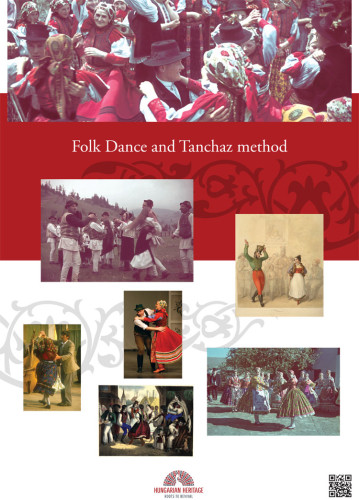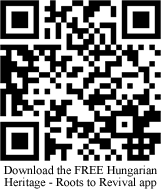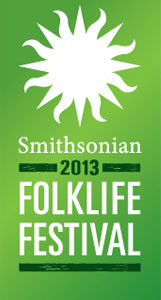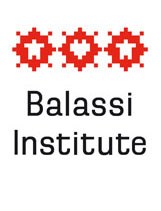 There are five basic types of traditional dance found throughout the Carpathian Basin: round dances (karikázó); jumping dances (ugrós); men’s dances (legényes); slow and fast couples dances (csárdás); and stick dances (botoló), which are vestiges of weapon dances.
There are five basic types of traditional dance found throughout the Carpathian Basin: round dances (karikázó); jumping dances (ugrós); men’s dances (legényes); slow and fast couples dances (csárdás); and stick dances (botoló), which are vestiges of weapon dances.
Each of these five basic dance types varies, depending on its geographic region. For instance, the dances found in the regions of the Danube and Tisza rivers tend to be simpler and more lighthearted than the more complex dances of Transylvania.
Solo dances and couples dances are typically freeform, which means there are countless possibilities for individual improvisation. This feature distinguishes Hungarian dance culture from that of western Europe and the Balkans, and it accounts for its immense richness.
In couples dances, the dancers may draw upon a variety of elements, sometimes in an arbitrary sequence, such as dancing in separate formations, the man’s virtuosic solo, the amorous chasing game, the closed couple spins, the slow walk followed by intricate foot patterns, and the woman’s whirling under the man’s arm.
Solo men’s dances are characterized by technical virtuosity and a rich repertoire of motifs, which express the dancer’s individuality.
Related pages:






